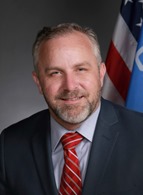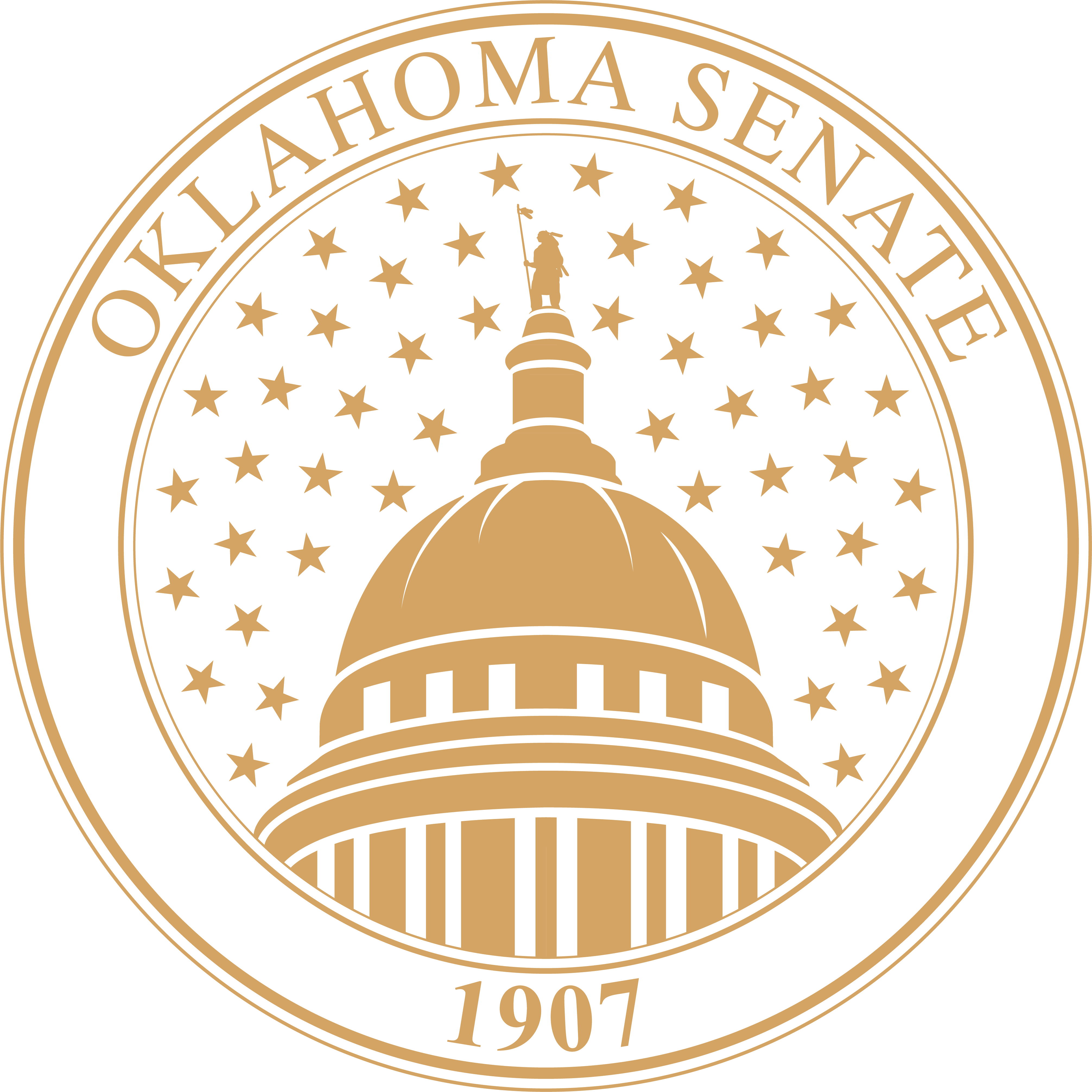In order to provide equal access and equal opportunity to people with diverse abilities, this site has been designed with accessibility in mind. Click here to view
Treat says facts needed in dialogue on American Indian Cultural Center and Museum
 Sen. Greg Treat
Sen. Greg Treat
In response to confusion surrounding the debate on a bond proposal for the American Indian Cultural Center and Museum (AICCM), Sen. Greg Treat today said it was time to include some important facts in the public dialogue. Senate leadership this week announced a proposed $40 million bond issue for the project would not be heard in the 2011 legislative session.
“Oklahoma’s history is a unique one and I am proud of our American Indian heritage,” said Treat, R-Oklahoma City. “I believe it is a story that needs to be told. However, I was elected to be a good steward of taxpayer dollars and to hold agencies accountable. In this vein, I have raised numerous concerns in recent weeks. It’s time to look at some of the facts.”
On May 22, 2008, the state Legislature passed a $25 million bond for the project. While some have remarked this bond was the second of a three-phase bond package promised by the state of Oklahoma, this is inaccurate, Treat said. A May 23, 2008, press release from the American Indian Cultural Center and Museum indicates the 2008 bond to be the last state money dedicated to the project. Furthermore, the agency release indicated the $25 million bond would “fund all of the building structures”.
Treat added that an AICCM economic impact summary provided to the Legislature in 2009 indicated the museum and cultural center would host 589,000 annual visitors for a 20-year economic impact of $2.7 billion. The AICCM 2011 economic impact summary estimates the museum and cultural center will garner 425,000 visitors for a 20-year impact of $3.8 billion. The agency’s own materials indicate an unexplained decrease of 164,000 visitors from previous estimates with an increase of $1.1 billion in economic impact over 20 years.
“In a May 5, 2011, email from the AICCM director to my attention, she indicated the agency has raised a total of $266,289.94 from private, non-tribal entities,” Treat said. “However, the May 23, 2008, AICCM press release following passage of the previous bond issue states the agency will raise ‘the remaining $75 million from private sources including American Indian Tribes’. The lack of progress in this effort is disconcerting, to say the least.”
Currently, the agency employs 14 people at a staffing expense of $1.5 million, with salaries accounting for $713,617 of the total figure. With facilities still under construction, the agency has plans to ramp up to 60 employees.
Treat noted a full third of the estimated annual economic impact is accounted for by projected payroll totals for the 2,800 jobs the agency purports will be created surrounding the museum and cultural center.
“All of their figures are based on the agency’s estimate of 425,000 annual visitors,” Treat said. “Interestingly, the National Cowboy and Western Heritage Museum in Oklahoma City garners 113,000 paid visitors annually, the Philbrook Museum has 123,000 visitors annually and the Oklahoma City National Memorial and Museum receives 200,000 paid visitors each year.”
Treat said the fiscal year 2012 bond debt payment for the project is $5,459,118. If approved by the Legislature, the new $40 million bond issue would have increased annual debt service payments on the project by approximately $3.5 million, pushing obligations to approximately $9 million each year under current interest rates. Under the agency’s best estimates, the state would have received $7.2 million. Therefore, Treat said, it would not be a net positive to the state budget, as some have claimed.
Of the $91 million in funding collected by the agency, $67.4 million has come from the state and $16.3 million from the federal government. The agency received a $2 million Centennial Grant and $4.7 million in tribal contributions for interim debt service payments. The City of Oklahoma City has contributed $600,000 to the project, not including the value of the land donated to the agency.
“A false dichotomy is being put forth: that we must either pass the additional $40 million bond, which the agency in 2008 said they wouldn’t need, or we must bulldoze the $91 million investment,” Treat said. “This is simply untrue, and no one is advocating this idea. We simply want to take a closer look at this issue before piling on more debt. I appreciate the prudent and fiscally responsible leadership provided by President Pro Tempore Bingman on this issue.”
 Oklahoma Senate
Oklahoma Senate

